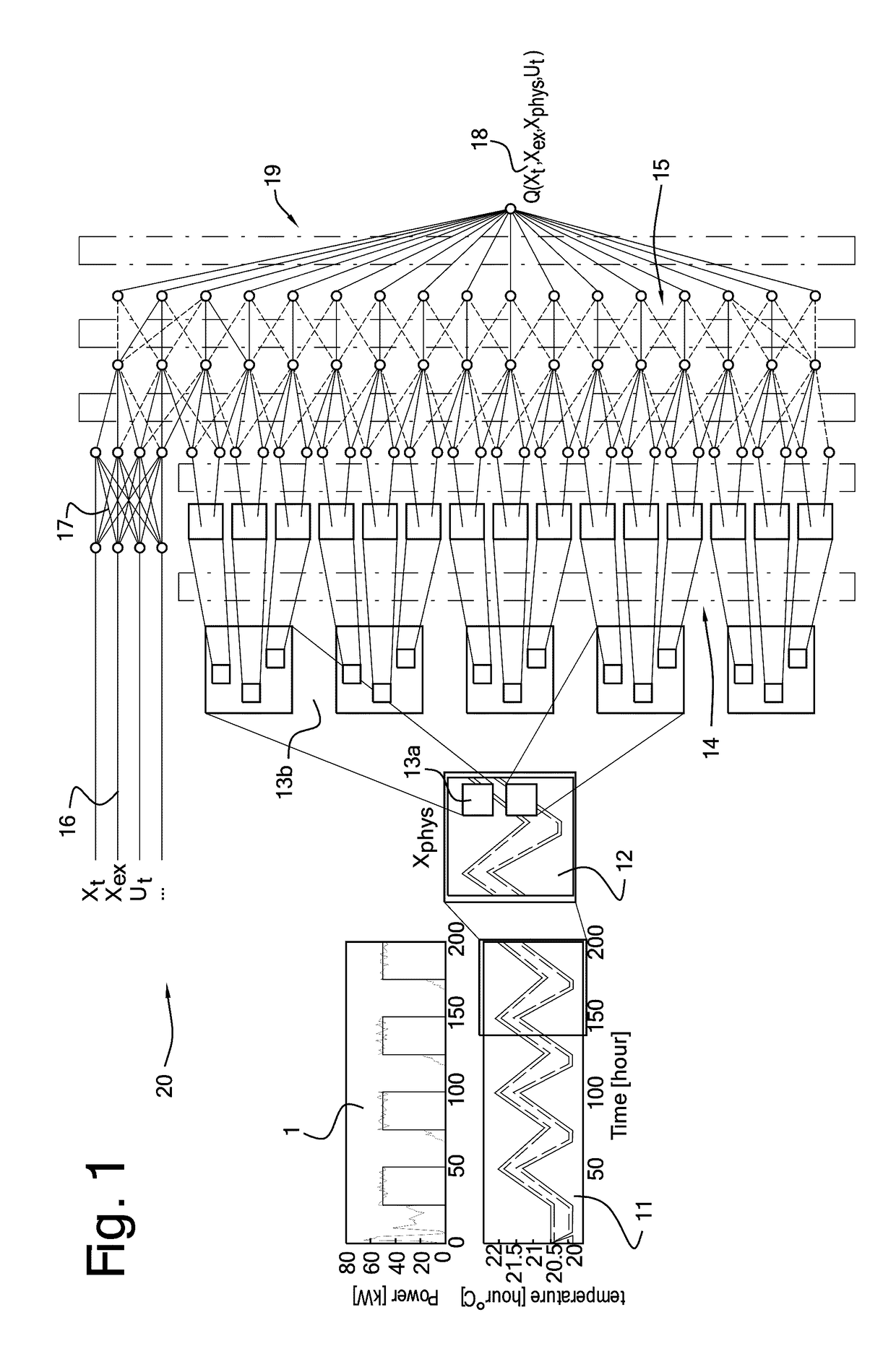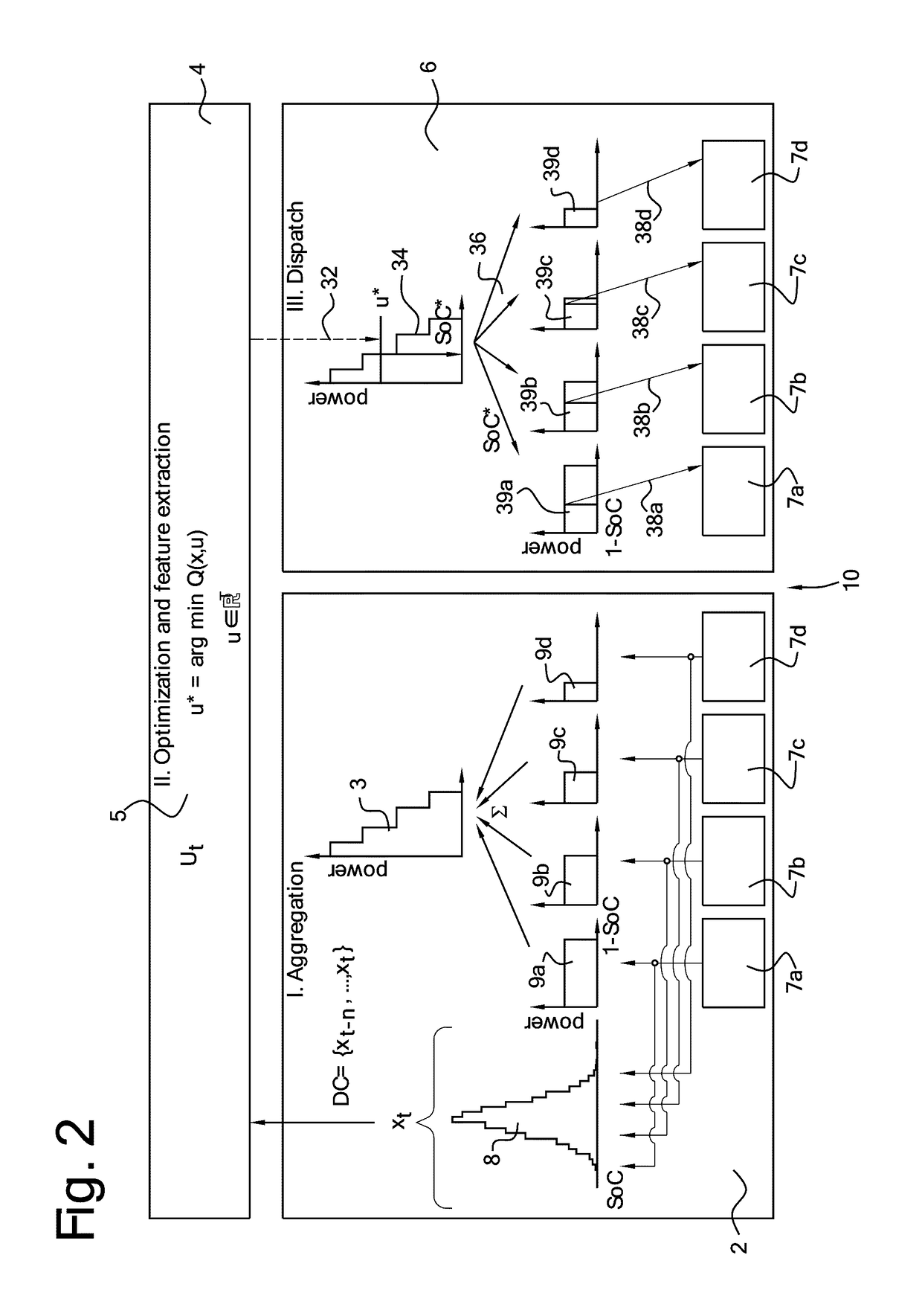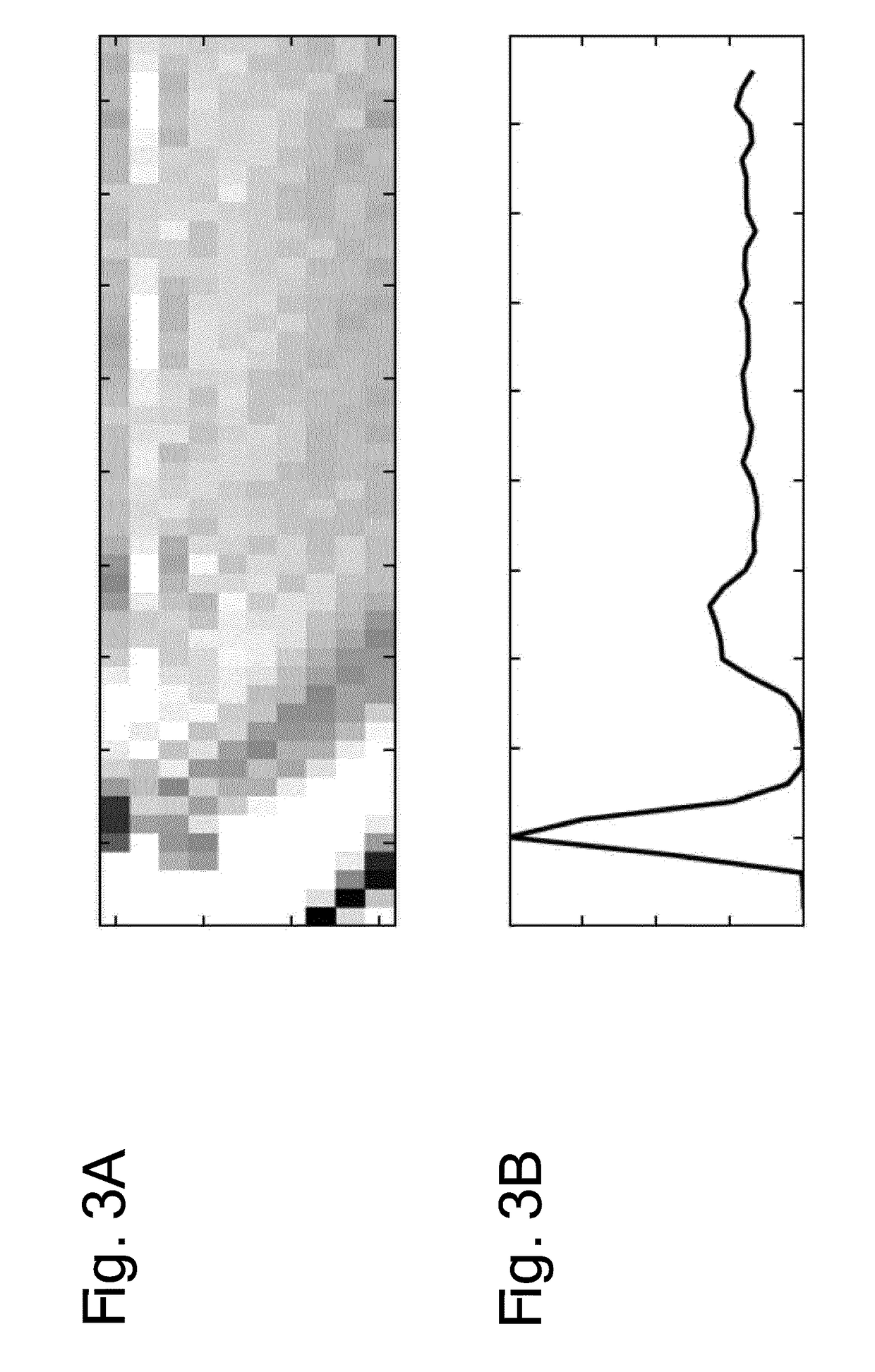Methods, controllers and systems for the control of distribution systems using a neural network architecture
a neural network and distribution system technology, applied in adaptive control, process and machine control, instruments, etc., to achieve the effect of easy identification of the curve shap
- Summary
- Abstract
- Description
- Claims
- Application Information
AI Technical Summary
Benefits of technology
Problems solved by technology
Method used
Image
Examples
embodiment
[0134]An embodiment of the present invention will be described with reference to FIGS. 1 to 8. FIG. 16 illustrates an overview of a network according to embodiments of the present invention.
[0135]As an example of this embodiment, a fitted q iteration [8,9]—“FQI” as opposed to conventional q-learning [7]—is applied for decision making on top of an optional aggregated state representation. Use of other reinforcement learning algorithms is included within the scope of the present invention such as, for example:[0136]The temporal difference learning family:[0137]online learning of a value function, including Q-learning, SARSA and gradient-TD algorithms,[0138]Some of these can learn while controlling the system, but learning may be slow.[0139]Such reinforcement learning algorithms can be combined with techniques such as Dyna (model learning), shaping (heuristic knowledge), experience replay or prioritized sweeping (sample reuse) to speed up learning.[0140]The policy gradient family:[0141...
example
[0187]As a specific example of a deep regression architecture, a binned cluster state xb is represented by a 28×28, 2D grid describing the binning of cluster members over the last 28 time steps. This input is processed using two 2D convolutional layers of a convolutional neural network 14. The first layer of the convolutional neural network 14 consists of four 7×7 filters, while the second layer uses eight 5×5 filters. The convolutional layers of the convolutional neural network 14 are followed by a single fully connected layer of the fully connected neural network 15 mapping the feature maps to 32 hidden nodes. Each layer was followed by a rectified linear (ReLU) activation layer. No pooling layers were used. The exogenous data 16 comprising xex,k and action uk are processed using a single, fully connected hidden layer of units in a fully connected neural network 17. The combined output of the convolutional neural network 14 and feedforward network 17 are processed using two fully ...
PUM
 Login to View More
Login to View More Abstract
Description
Claims
Application Information
 Login to View More
Login to View More - R&D
- Intellectual Property
- Life Sciences
- Materials
- Tech Scout
- Unparalleled Data Quality
- Higher Quality Content
- 60% Fewer Hallucinations
Browse by: Latest US Patents, China's latest patents, Technical Efficacy Thesaurus, Application Domain, Technology Topic, Popular Technical Reports.
© 2025 PatSnap. All rights reserved.Legal|Privacy policy|Modern Slavery Act Transparency Statement|Sitemap|About US| Contact US: help@patsnap.com



